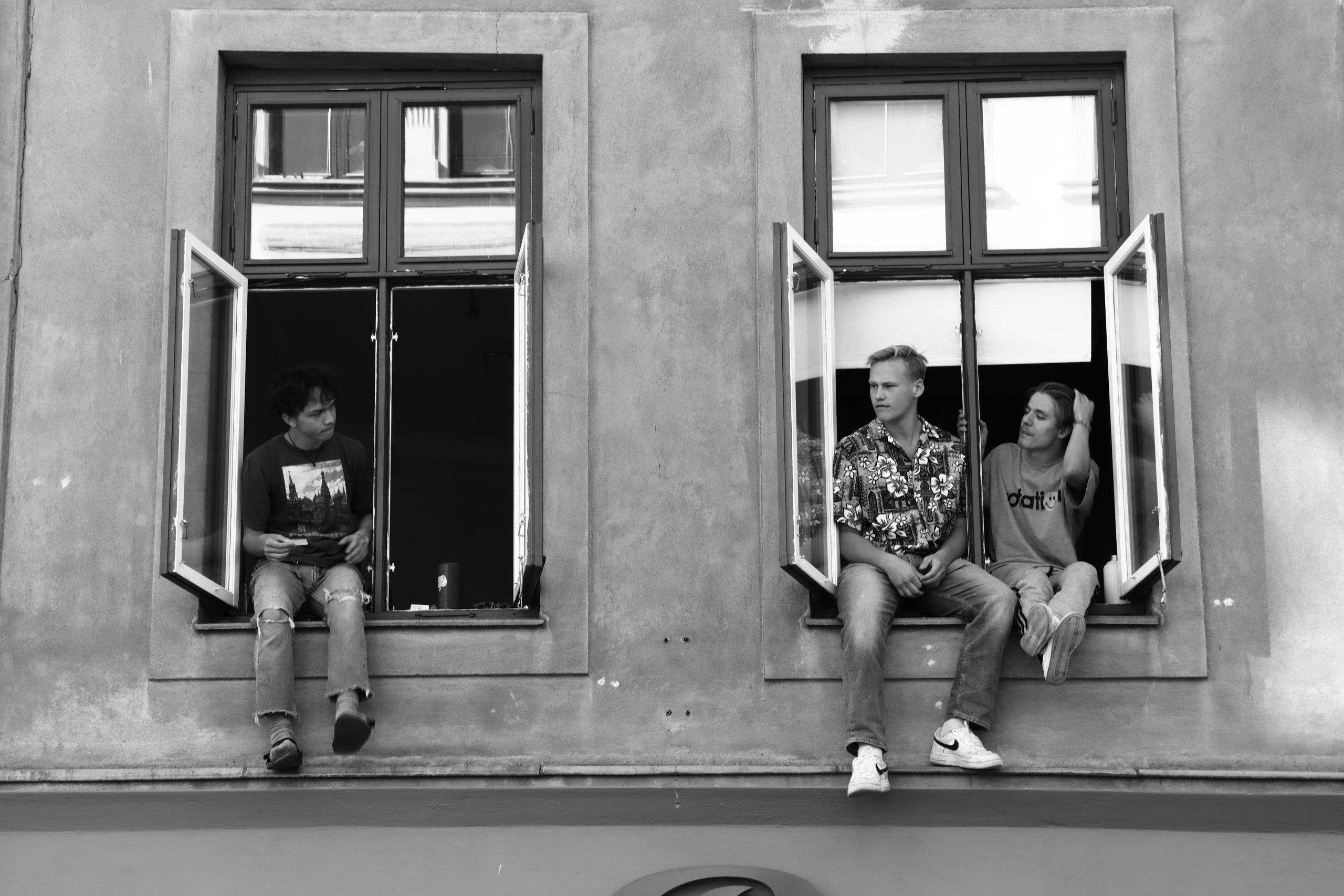 Getting a diagnosis of oppositional defiant disorder (ODD) in your teen can be all at once overwhelming and bring a sense of relief. You may not yet know how to assure your teen gets on the right behavioral path, but there is a sense of relief from knowing there is a reason for the way your teen has been behaving. With a diagnosis comes the potential to find the proper treatment and solutions to help your teen.
A treatment center specializing in oppositional defiant disorder can help your teen learn how to manage his behavior better and cope with the challenges that life throws his way.
Time in a treatment center can also allow teens to work with mental health professionals who can help them identify and address some of the potential causes of this challenging behavioral condition.
Getting a diagnosis of oppositional defiant disorder (ODD) in your teen can be all at once overwhelming and bring a sense of relief. You may not yet know how to assure your teen gets on the right behavioral path, but there is a sense of relief from knowing there is a reason for the way your teen has been behaving. With a diagnosis comes the potential to find the proper treatment and solutions to help your teen.
A treatment center specializing in oppositional defiant disorder can help your teen learn how to manage his behavior better and cope with the challenges that life throws his way.
Time in a treatment center can also allow teens to work with mental health professionals who can help them identify and address some of the potential causes of this challenging behavioral condition.
What does ODD look like in teens?
Defiant behavior and constantly questioning those in positions of authority are seen relatively often in teenagers. Just because a teenager displays signs of defiance and stands up to the boundaries established by parents doesn’t mean that they have ODD. There are specific criteria that support a diagnosis of ODD. It is important to note that ODD can look different in some teens. A thorough professional evaluation is needed to help determine whether your teen has oppositional defiant disorder. Commonly seen symptoms of ODD include:- Angry and violent outbursts, particularly towards those in positions of authority.
- Destructive behavior, including destroying the property of others.
- Physical violence towards family members, friends, and strangers.
- Constant negativity, with an inability to see the better side of things.
- Displaying hostility towards family members, peers, and anyone in a perceived position of power.
- Refusing to follow directions, whether directed by parents, teachers, or law enforcement.
- Persistent issues at school and ultimately with law enforcement.
How treatment can help
A treatment center focusing on oppositional defiant disorder will help your teen work through the underlying concerns that may be responsible for how ODD appears in their life. As is the case with several mental health conditions, ODD is thought to result from many contributing factors:- If there is a history of ODD in the family, your teen will be at high risk for showing ODD signs.
- A chemical imbalance may be another contributing factor.
- There are some psychological and environmental factors that may result in the development of ODD, in particular situations where children have been neglected or abused.
- ODD can also be seen in those with other mental health conditions, including ADHD.
- Individual counseling sessions, including cognitive behavioral therapy (CBT).
- Family counseling sessions to help everyone in the family come to a better understanding of ODD and how to live with it.
- Peer counseling and peer modeling.
- Behavior modification practice, which could look different for every teen.
- Working with counselors to develop better social skills.


Leave a Reply